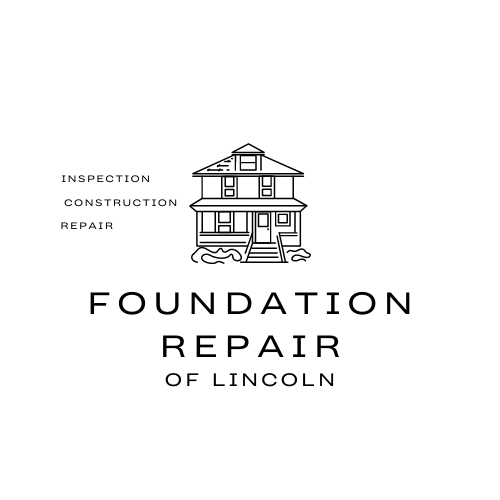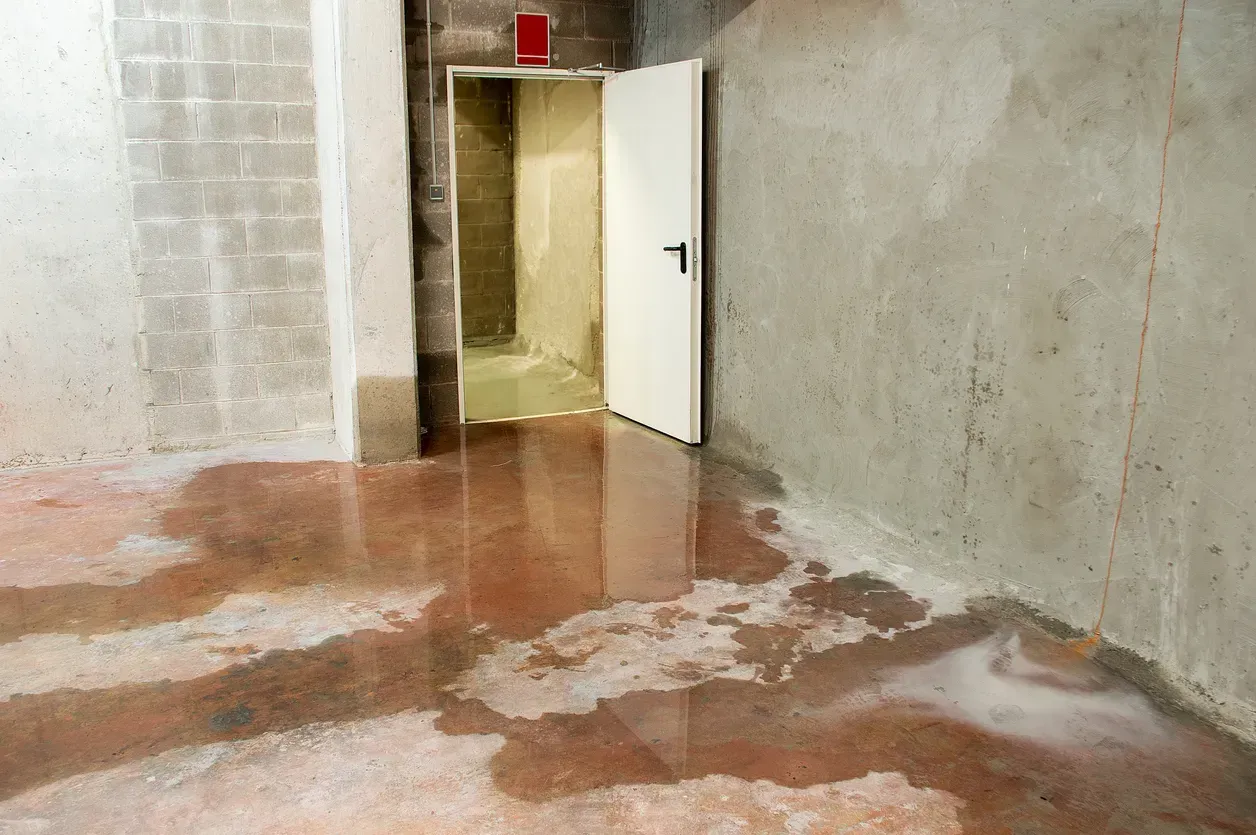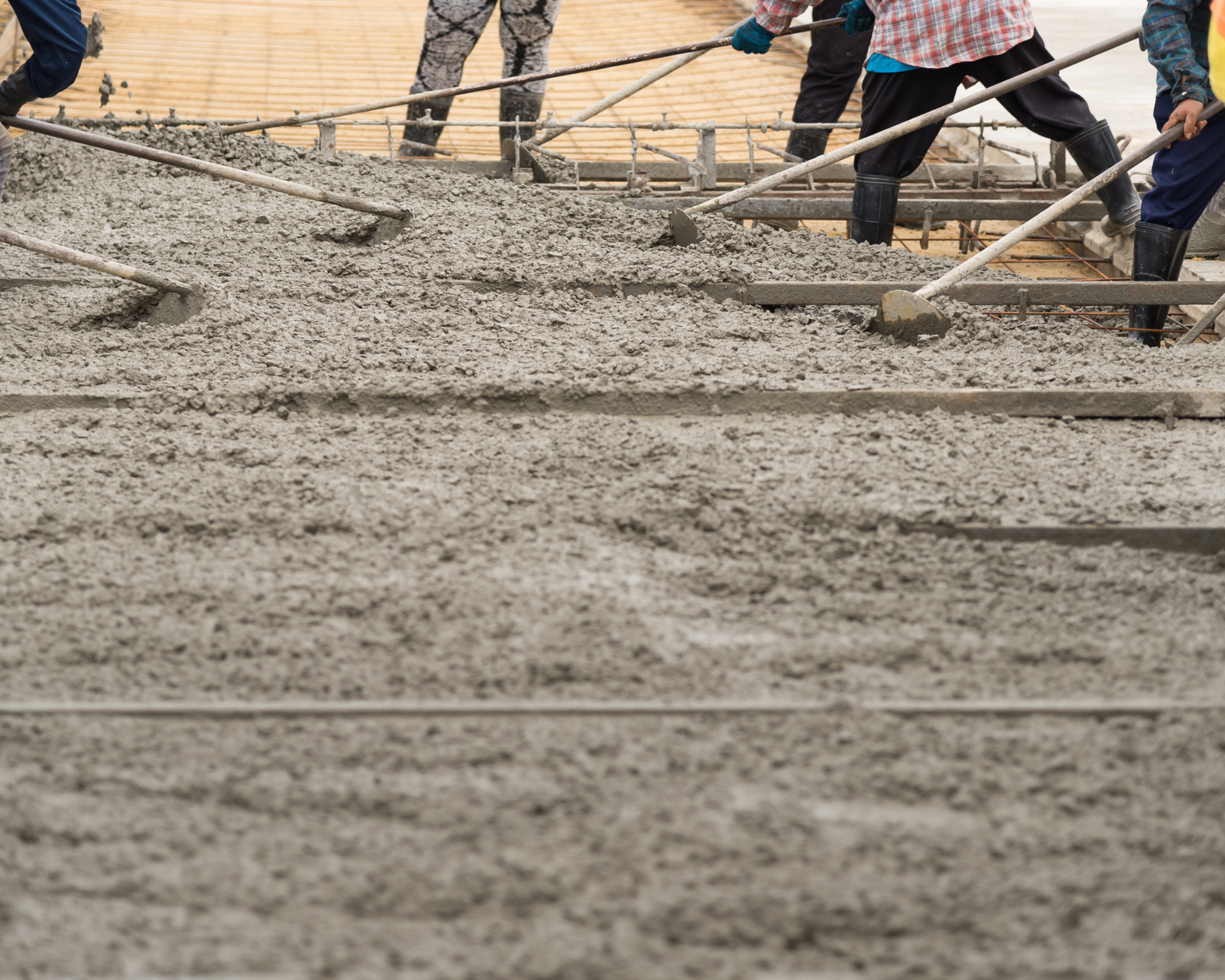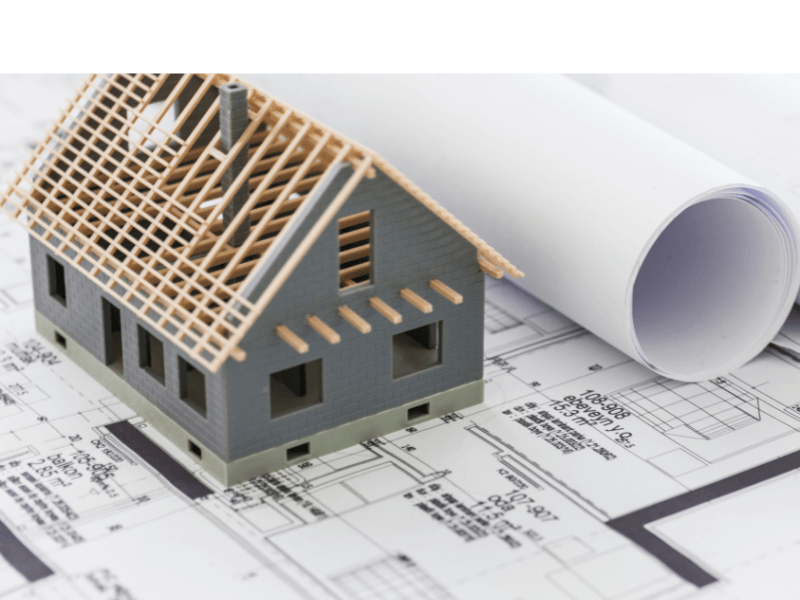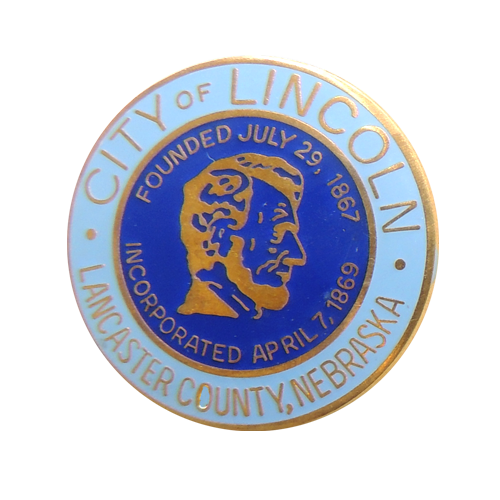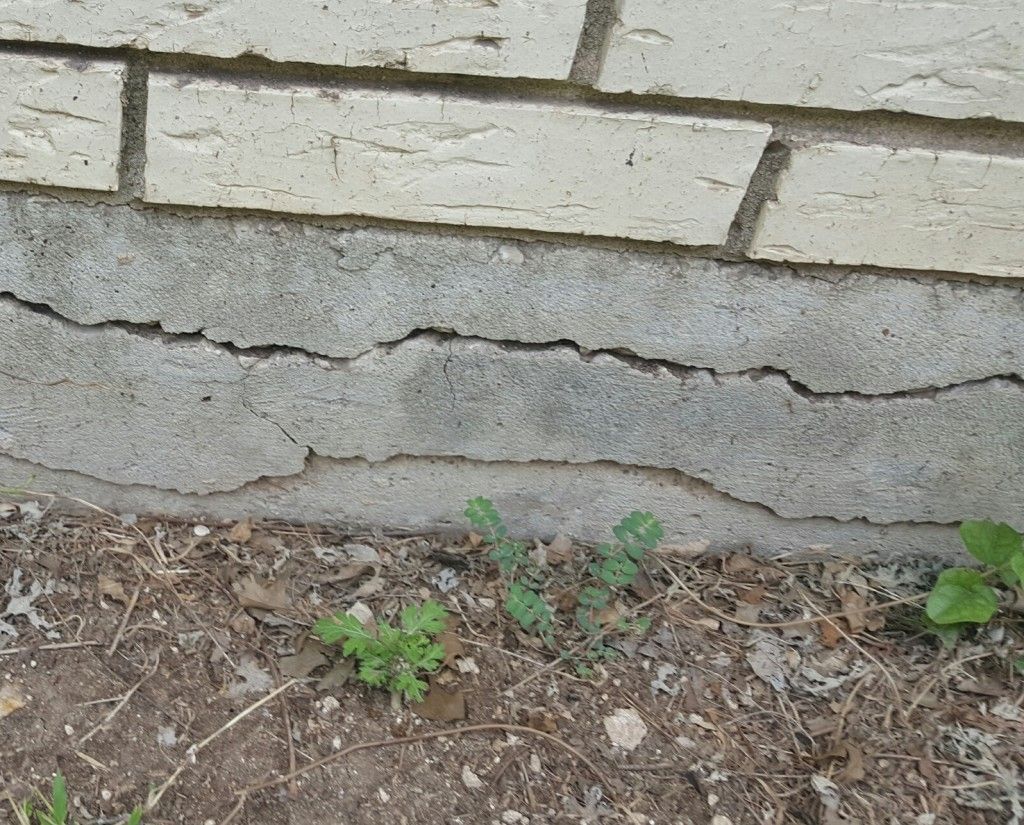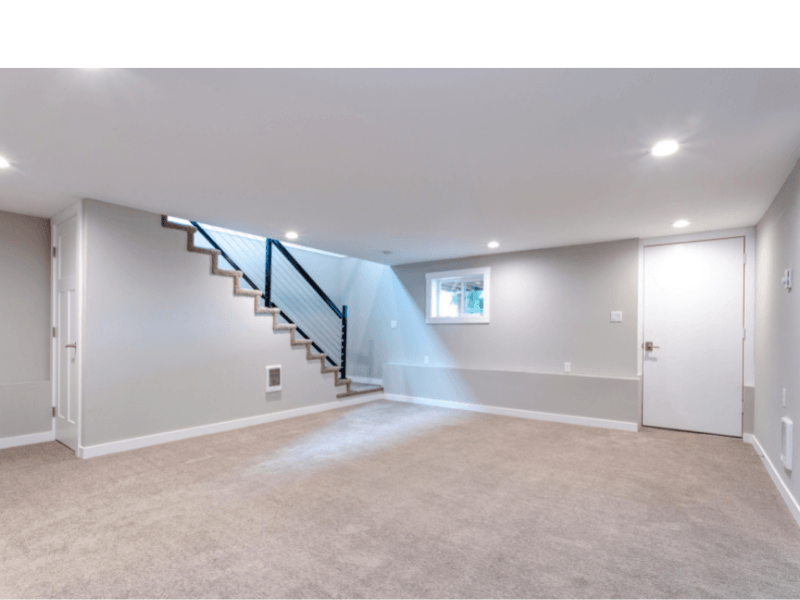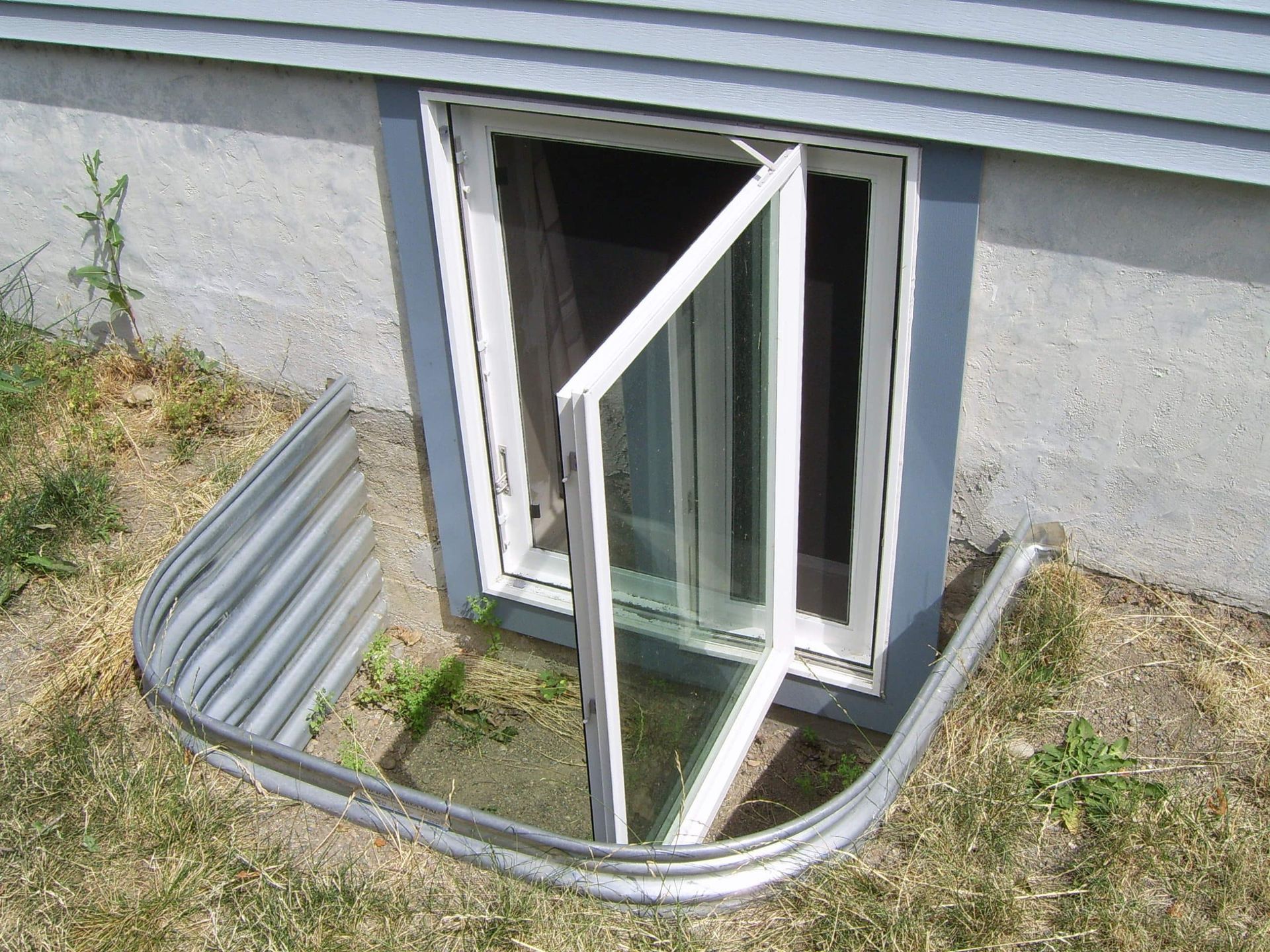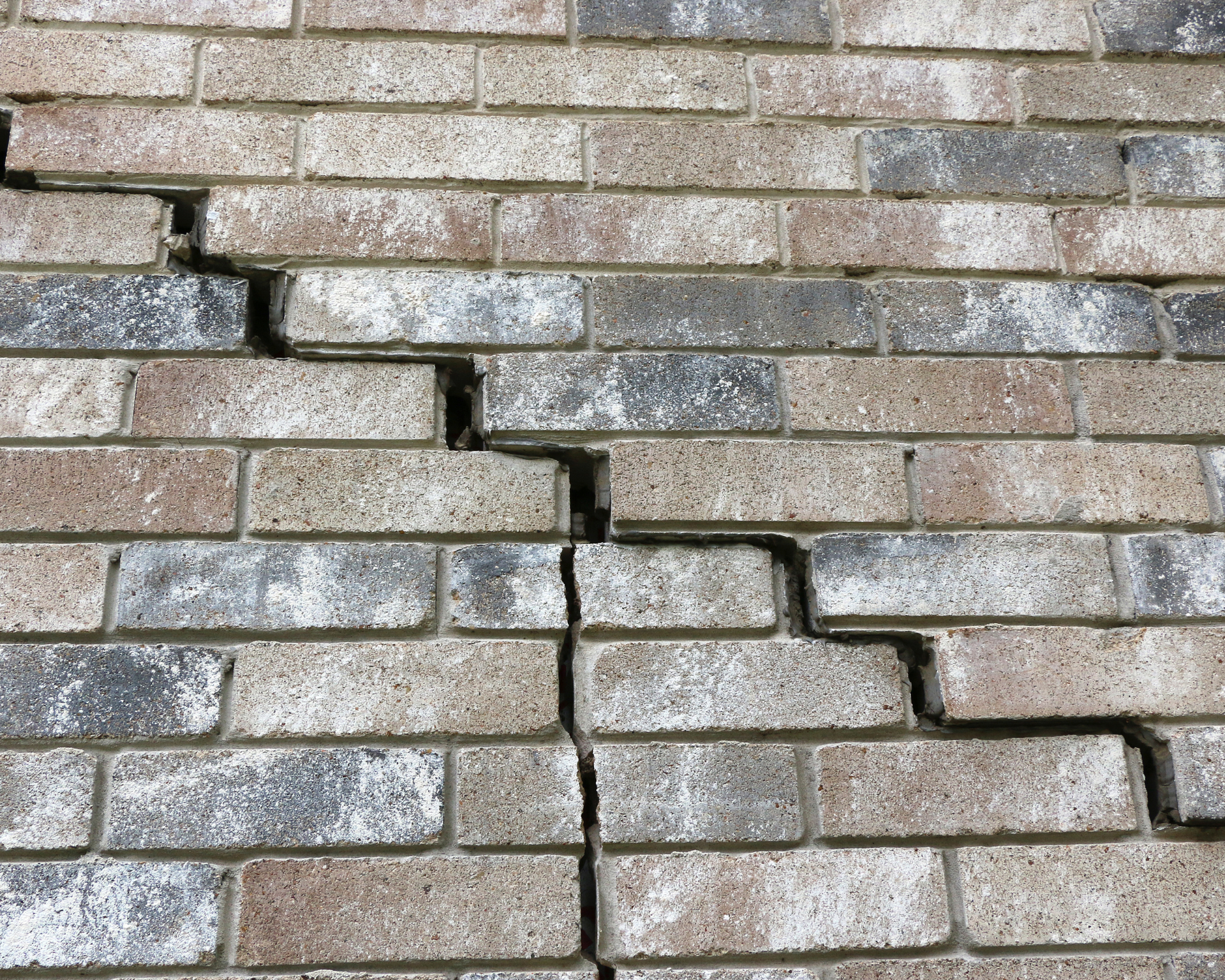What Is Mud Jacking Concrete?
How to Compare Mud Jacking, Concrete Leveling, and Poly Jacking Concrete in Lincoln, NE
Mud jacking, also known as slab jacking or concrete leveling, is a repair technique used to lift and level sunken or uneven concrete surfaces, such as driveways, sidewalks, patios, or foundations. It involves injecting a slurry mixture—typically made of water, soil, sand, and cement (sometimes referred to as "mud")—underneath the concrete slab to raise it back to its original position.
How It Works:
1. **Assessment**: A professional identifies the sunken or uneven concrete and determines the cause, such as soil erosion, settling, or poor drainage.
2. **Drilling Holes**: Small holes (typically 1-2 inches in diameter) are drilled into the concrete slab.
3. **Injection**: The slurry mixture is pumped through these holes under the slab using hydraulic pressure. The mixture fills voids, compacts loose soil, and lifts the slab.
4. **Leveling**: The slab is carefully raised to the desired height, ensuring it aligns with surrounding surfaces.
5. **Sealing**: The drilled holes are filled with cement or a patching compound, and the surface is cleaned.
Benefits of Mud Jacking:
- **Cost-Effective**: Cheaper than replacing the entire concrete slab.
- **Quick Process**: Often completed in a few hours with minimal disruption.
- **Durable**: Can last for years if underlying issues (like drainage) are addressed.
- **Eco-Friendly**: Reuses existing concrete, reducing waste.
Limitations:
- **Not Permanent**: If underlying soil issues (e.g., erosion or poor compaction) persist, the slab may sink again.
- **Aesthetic**: Patched holes may be visible, though they can be blended with the surface.
- **Weight**: Adds extra weight to the soil, which may not be ideal in some cases.
- **Not Suitable for All Slabs**: Heavily cracked or structurally damaged concrete may require replacement.
Common Applications:
- Sidewalks and walkways
- Driveways and garage floors
- Patios and pool decks
- Foundation slabs
Mud jacking is often compared to polyurethane foam injection (polyjacking), a similar process that uses lightweight foam instead of a slurry. The choice between the two depends on the project’s needs, soil conditions, and budget. Foundation Repair of Lincoln is happy to help you choose the right technique for your project.
Ready to work with Foundation Repair of Lincoln?
Let's connect! We’re here to help.
Send us a message and we’ll be in touch.
Or give us a call today at 402-261-9636
